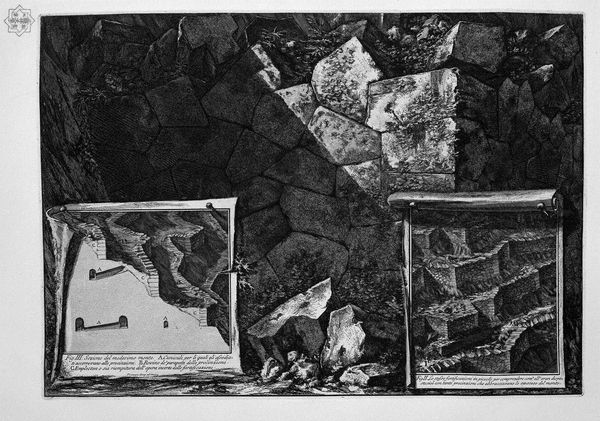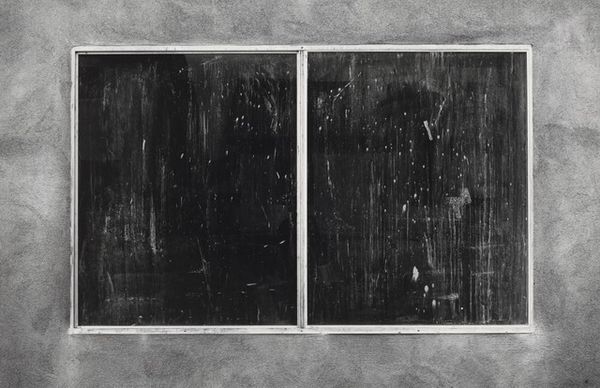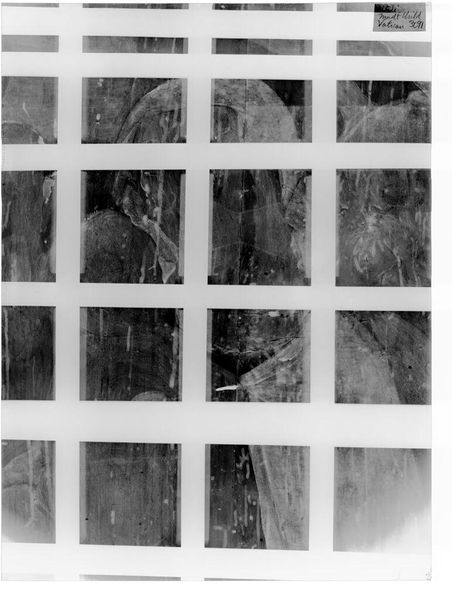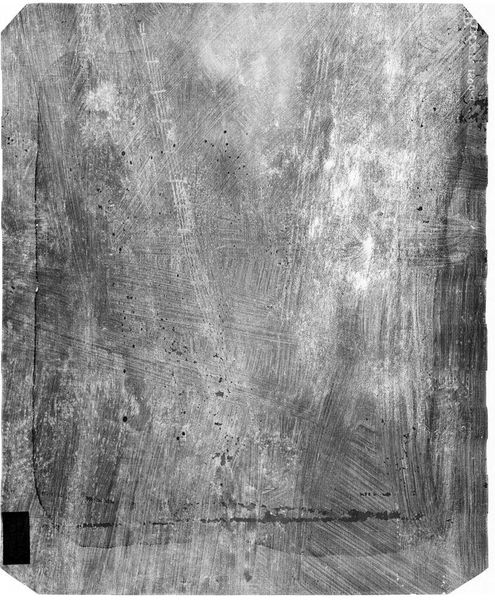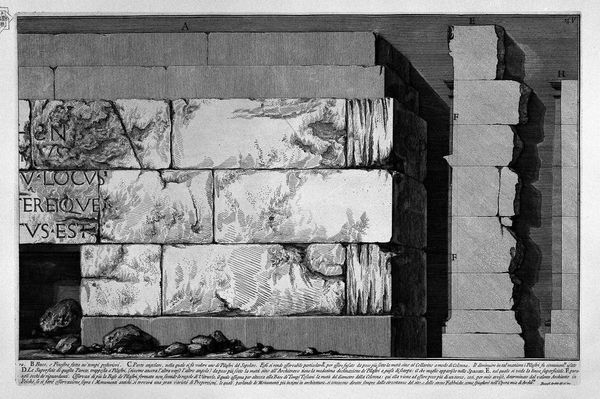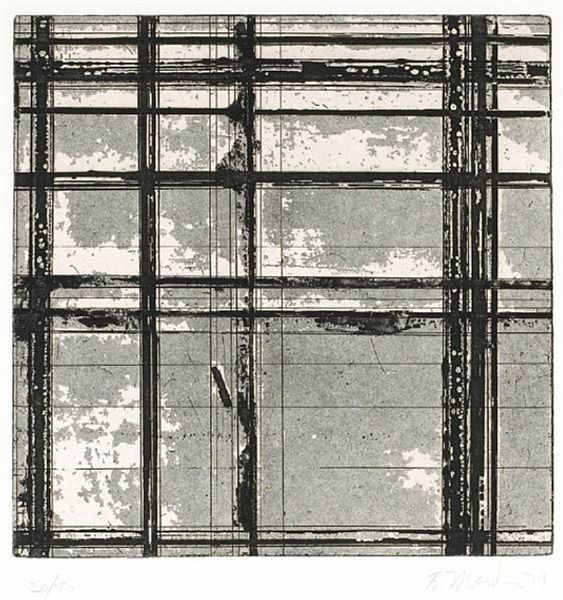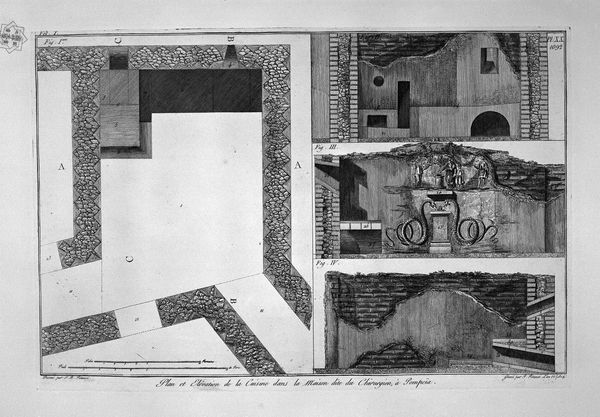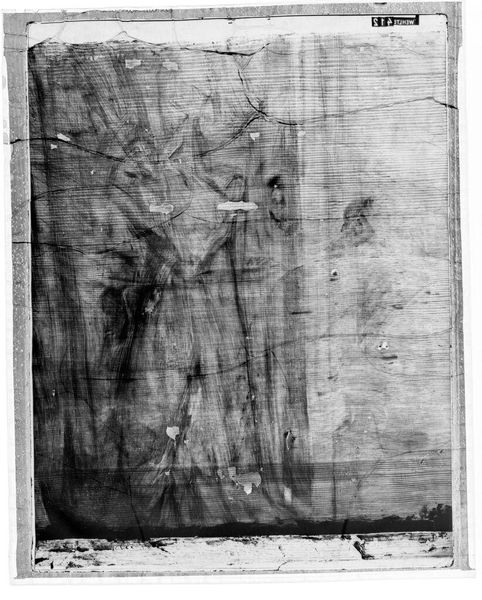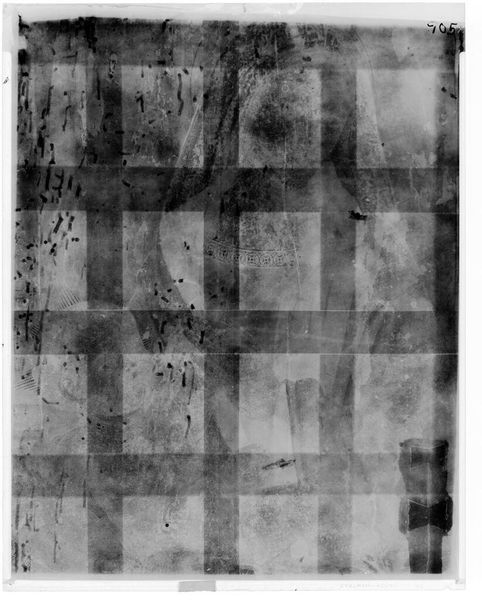
drawing, print, etching, engraving
#
drawing
# print
#
etching
#
sculpture
#
textured
#
classical-realism
#
charcoal drawing
#
rectangle
#
ancient-mediterranean
#
carved
#
line
#
history-painting
#
engraving
#
monochrome
Copyright: Public domain
Editor: We’re looking at Giovanni Battista Piranesi's "Pedestal of the same relief (two branches)", a monochrome print utilizing etching and engraving. It appears to depict a massive, ancient stone structure. I'm immediately struck by its starkness, the almost brutal geometry softened by the organic, textured decay across the surface. What's your initial impression of this piece, seeing it from an expert's perspective? Curator: Indeed, the interplay between geometric form and surface articulation is compelling. Let's consider the artist’s strategic employment of line. Observe the variations in thickness and density, employed not simply to delineate form, but to suggest texture and depth. How does the artist use value to articulate three-dimensionality in the work? Editor: The darker areas create a sense of recession, while the lighter ones feel closer to the foreground. It is mostly suggestive, not as carefully studied as, say, a Renaissance painting. Curator: Precisely. Piranesi isn't after perfect illusionism; the architectural structure serves as a substrate for formal invention. Do you notice how the decay is also rendered? Its patterns seem almost… deliberate? Editor: It does feel like he's amplifying the texture for its own sake, making the decay into a deliberate compositional element rather than merely documenting it. Curator: A keen observation. Piranesi emphasizes the textural qualities, elevating decay to a structural feature. This, I would argue, transcends mere historical record; it invites contemplation on the dialogue between form and disintegration, permanence and transience, built structure and entropic process. This elevation through structure makes the ruin transcend literal form. Editor: So it's the artist's emphasis on form and his technique with line that truly give it meaning? I see that the artist makes decisions beyond representation and infuses symbolic life into what might otherwise have been just a ruin. Curator: Precisely, by understanding his markmaking we arrive at greater levels of interpreting his work. It is a tribute to observation, artistic manipulation, and vision.
Comments
No comments
Be the first to comment and join the conversation on the ultimate creative platform.

